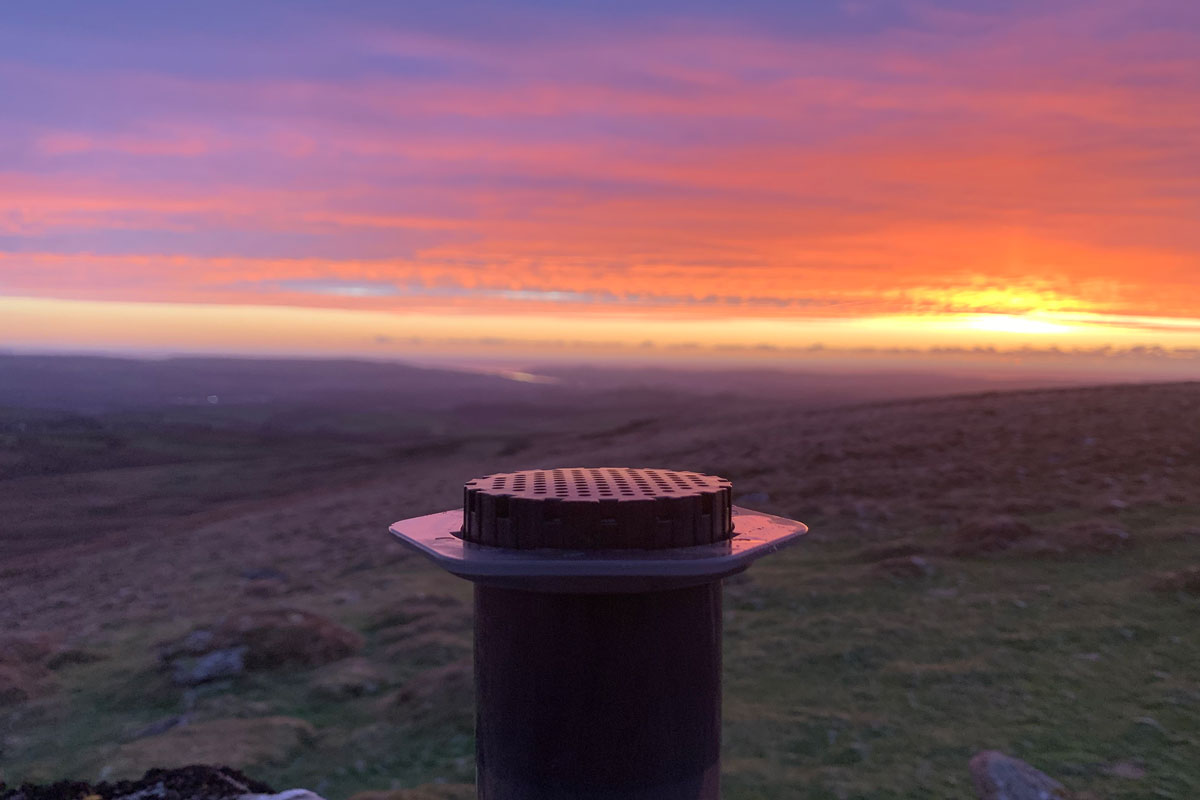Quite simply it’s the most versatile coffee-making equipment to own – perfect in a fancy kitchen, in the office, or on the side of a mountain. In the past, we’ve used one on a boat, in an airport, and at the houses of relatives who only drink i*****t coffee but we guess none of those things are relevant in 2021.
Anecdotally, when the first Aeropress launched back in late 2005, it would be an understatement to say that they ‘didn’t have the cult following they have today.’ However, within a year, the first version (blue ice colour) had already made its way from the US to a tiny corner of Wales. I remember distinctly, my older brother walking in and telling us – in no small words – that he was going to change our lives. If you think that’s a bold statement, its equal parts a representation of my brother and Aeropress. Fast forward 15+ years and everyone from first-time home-brewers to professional baristas are using one.
The Aeropress’ worldwide popularity stems from its ease-of-use and how forgiving it is when brewing – precision not required for simply a good coffee.
That’s not the whole story though, see back then the majority of coffee was roasted dark, really dark and sold as a commodity product. With barely a thought about flavour and certainly little thought about those working in the supply chain, farmers had no room to experiment with growing better coffee.
Better coffee is now grown from Brazil to Myanmar and in the last 10 years, we’ve finally got ‘good’ coffee. You might be thinking, ‘but isn’t taste subjective?’ Well, much like music, when it comes to coffee its actually not – you can enjoy bad music, and please do go ahead, but it can still objectively be out of tune! Coffee gets scored on a system of quality, this means that we might differ on which coffee we prefer but it will probably be between two similarly ‘good’ coffees. We try to showcase this with our Starter Pack, where you get to try a ‘bold, praline chocolate coffee’ side by side a ‘fruity and floral’ one – both ‘good’ coffees but enjoyment will be subject to personal taste.
Performance
There are two key ways to brew with an Aeropress.
- Short, quick, and strong – using the original system following the numbers on the side of the Aeropress chamber. The equivalent of brewing espresso, only more mellow and extracted under less pressure, this method produces a small amount of coffee that is then topped up with hot water to make a full mug.
- The ‘inverted’ method – using much more water and leaving the coffee to brew in the Aeropress for 0.5-2 minutes before flipping and plunging. This method produces a maximum of one to two cups and may need a top-up of hot water but may also be the full brew.
Whichever brew method you choose, and we’ve got more details to follow along with here, if you’re using good coffee it’s hard to mess it up.
Ease-of-use
We firmly believe that coffee brewing should be simple, so simple you can do it while still mostly asleep or on the side of a mountain – in a storm – with thick gloves on. If that isn’t a severe enough measurement, we don’t know what else is.
Although a cafetière would edge out the Aeropress on speed, especially when brewing for large groups, the versatility and ease of making consistently good coffee makes this brewer a firm favourite.
Durability
We like brew kit that lasts a lifetime. It makes choosing the best equipment, even when expensive, an easier commitment to make. In all honestly, an Aeropress won’t last your lifetime like an Unbreakable Cafetiere or the Fellow Dripper but from our experience, it will power through 5-10 years of everyday use. Aeropress has been working on durability with each iteration they bring out (now on their 8th version) but the reality is that plastic-based items don’t last indefinitely.
The great thing about them is that you can’t accidentally break one, it will only reach the end of its life through years of daily use. That’s a lot of great coffee.
